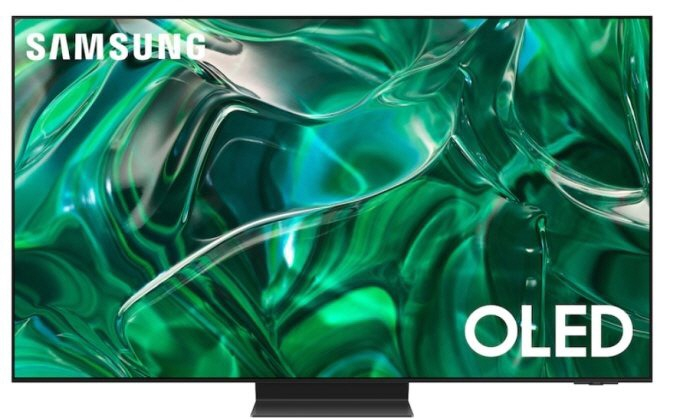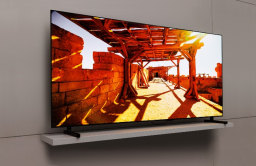-
KOSPI 2577.27 -2.21 -0.09%
-
KOSDAQ 722.52 -7.07 -0.97%
-
KOSPI200 341.49 +0.02 +0.01%
-
USD/KRW 1396 -2.00 0.14%
OLED tech leads trends on premium TV market
Electronics
OLED tech leads trends on premium TV market
The display's share of the niche market surpassed 30% last year for the first time, showing its high prospects
By
Feb 24, 2023 (Gmt+09:00)
1
Min read
News+

Organic light-emitting diode (OLED) products account for over 30% of the global premium TV market, attesting to the technology's emergence as the standard for high-end display.
The London-based market research company Omdia on Thursday said products with OLED displays on the premium TV market costing over $1,000 last year accounted for 31.6% of sales. Europe, the world's largest market for premium TVs, saw the market share of OLED TVs soar to 51% over the same period.
OLED products last year also raised their presence in North America, the main market for Korean companies, accounting for 44% of the market.
OLED is a display using a material that emits its own light and is thin and light. Its excellent color reproducibility and high signal response speed and contrast ratio allows a high-definition picture.
South Korea's LG Display pioneered the market in 2013 by producing the world's first 55-inch full-HD OLED TV panel. The early days of the technology saw many skeptical views of OLED like “It has a low yield and is expensive, so will it sell?”
Until 2021, LG Display Co. was the world's only manufacturer of OLED TV panels.
The OLED TV market, however, is expected to see faster growth. Last year, Samsung Display started producing OLED TV panels and Samsung Electronics launched sales of OLED TVs in select markets like North America and Europe.
In 2015, technical problems and marketability fears temporarily halted production of OLED units.
This year, South Korea on March 9 will see the release of 55-, 65- and 77-inch OLED TV models.
Write to Ji-Eun Jeong at jeong@hankyung.com
More To Read
-
Feb 21, 2023 (Gmt+09:00)
-
 ElectronicsLG Electronics unveils new OLED TV at Frieze LA
ElectronicsLG Electronics unveils new OLED TV at Frieze LAFeb 20, 2023 (Gmt+09:00)
-
Feb 12, 2023 (Gmt+09:00)
-
 Leadership & ManagementSamsung’s Lee may ramp up investment in QD-OLED panels
Leadership & ManagementSamsung’s Lee may ramp up investment in QD-OLED panelsFeb 07, 2023 (Gmt+09:00)




